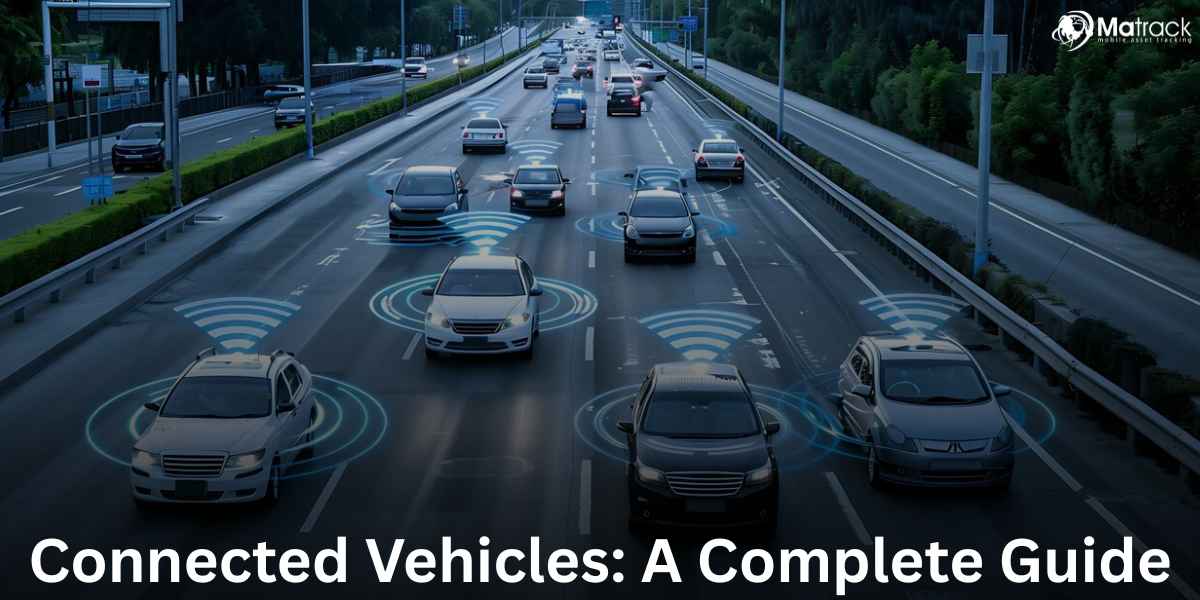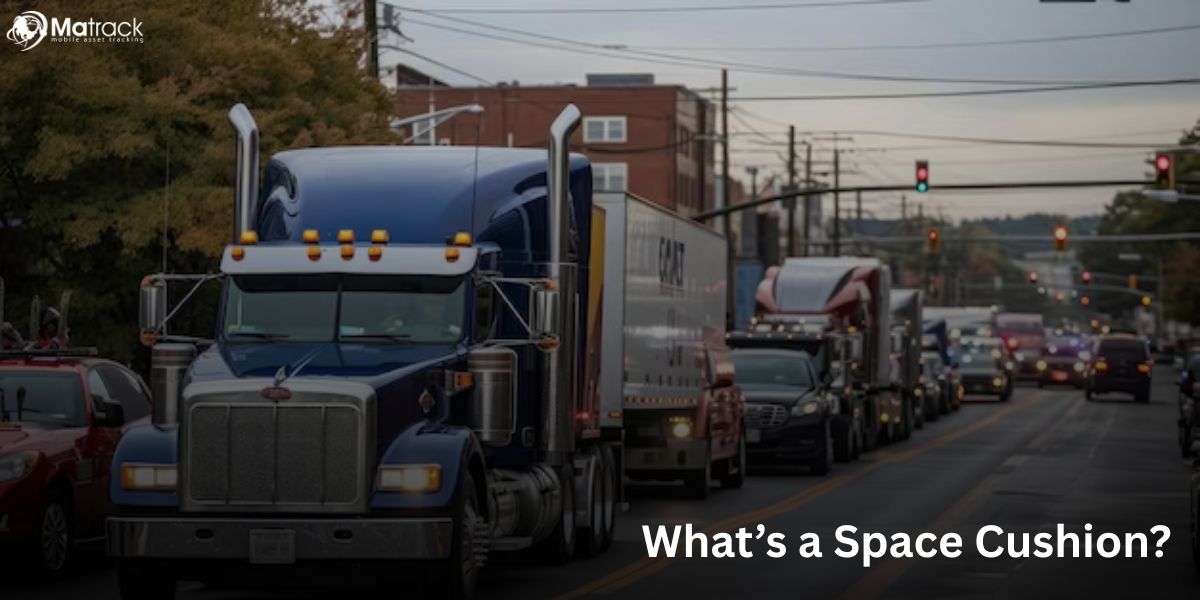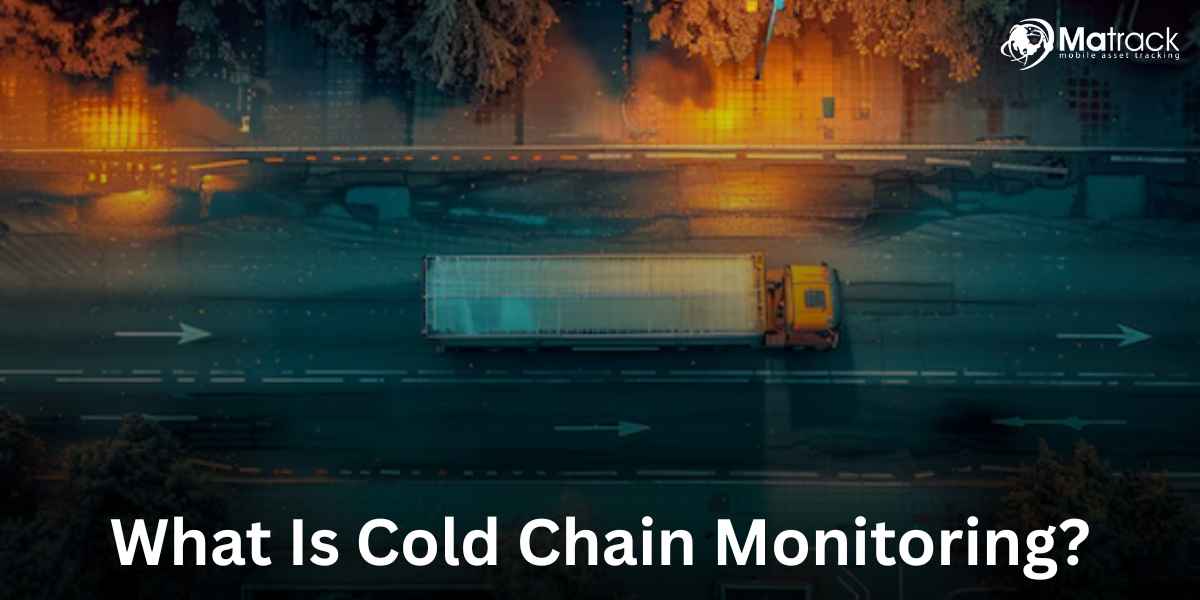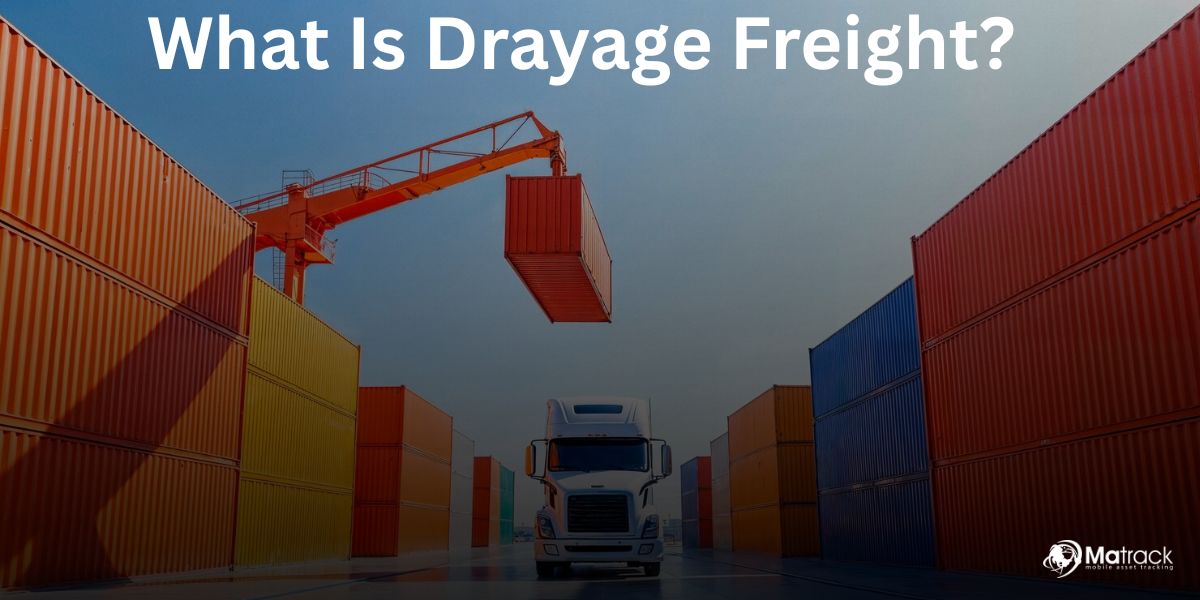Key Takeaways
- Connected vehicles combine onboard sensors, communication technologies, and cloud systems to enable safer, smarter, and more efficient driving.
- These vehicles use V2X communication, edge computing, and over-the-air updates to prevent collisions, reduce congestion, and support autonomous mobility.
- Connected vehicle solutions require secure architectures, integration with smart infrastructure, and real-world testing to ensure reliability and performance.
- The future of connected vehicles will drive new business models and form the backbone of sustainable, fully autonomous transportation systems.
What are Connected Vehicles?
Connected vehicles are automobiles equipped with built-in internet access and communication systems that enable them to exchange data with external networks, infrastructure, and other vehicles in real time. This connectivity allows them to enhance safety, improve traffic efficiency, and support features like autonomous driving.
These vehicles integrate technologies such as sensors, cameras, GPS modules, and communication hardware. The combined data from these systems provides a comprehensive view of the vehicle’s position, speed, surroundings, and system health, enabling smarter and more responsive driving decisions.
Key Features of Connected Vehicles
Connected vehicles integrate several technologies. The most important connected vehicle features include:
- V2V communication: V2V communication allows vehicles to exchange information on speed, position, and direction. V2V communication reduces collision risk at intersections, during lane changes, and in low-visibility conditions.
- V2I communication: V2I communication connects vehicles to traffic lights, road signs, and other infrastructure. V2I communication improves traffic signal timing and gives drivers advance warnings about hazards or detours.
- Over-the-air (OTA) updates: OTA updates enable remote software upgrades. OTA updates keep vehicle systems secure, compliant, and up to date without dealer visits.
- Telematics: Telematics track vehicle location, performance, and usage. Telematics improve fleet management, monitor driver behavior, and enable emergency response in crashes.
Technologies Behind Connected Vehicles
Connected vehicles depend on five key technologies:
- Cellular networks (4G/5G): Cellular networks provide high-bandwidth, low-latency connections for data exchange. 5G networks increase reliability and support more connected vehicles simultaneously.
- Dedicated Short-Range Communication (DSRC): DSRC is a Wi-Fi-like technology designed for fast, low-latency V2X communication within short distances.
- Edge computing: Edge computing processes data close to the vehicle. Edge computing reduces latency and supports real-time decision-making.
- Cloud services: Cloud services store and analyze large volumes of vehicle and traffic data. Cloud services enable machine learning models that improve navigation, maintenance, and safety.
- Cybersecurity systems: Cybersecurity systems protect vehicle communication and data from hacking, spoofing, and unauthorized access.
How Connected Vehicles Work?
Connected vehicles combine advanced onboard technology with external communication systems to enable smarter, safer, and more efficient driving. They gather data, process it instantly, and share critical information with other vehicles, infrastructure, and cloud platforms.
Data collection inside the vehicle
Connected vehicles continuously monitor their environment and status through integrated hardware. The main components include:
- Sensors: Measure speed, acceleration, braking, and detect objects nearby.
- Cameras: Identify lane markings, traffic signs, pedestrians, and other vehicles.
- GPS modules: Provide precise location data for accurate navigation and routing.
These systems work together to deliver a real-time, 360-degree view of the vehicle’s surroundings. This comprehensive data is the foundation for safe and intelligent driving decisions.
Data processing inside the vehicle
Once collected, data is analyzed in real time by the vehicle’s internal computing systems:
- Electronic Control Units (ECUs) process sensor inputs to detect hazards and determine necessary actions like braking or steering adjustments.
- Edge computing modules ensure decisions happen instantly within the vehicle, eliminating delays from external processing.
This architecture allows connected vehicles to respond to dynamic road conditions without relying on cloud processing for critical split-second decisions.
Communication with external systems
Connected vehicles extend their awareness beyond onboard sensors using communication technologies:
- Cellular V2X (C-V2X) and DSRC support reliable, low-latency data exchange.
- 5G networks enable high-speed communication for dense traffic environments.
- V2V (Vehicle-to-Vehicle) shares position, speed, and direction with nearby vehicles.
- V2I (Vehicle-to-Infrastructure) connects with traffic signals, smart signs, and road systems.
- V2P (Vehicle-to-Pedestrian) detects and protects vulnerable road users.
- V2N (Vehicle-to-Network) links to cloud platforms for broader traffic and system updates.
These technologies allow vehicles to anticipate hazards, optimize routes, and coordinate with the transportation ecosystem in real time.
Cloud data integration and updates
Cloud platforms play a vital role by storing, analyzing, and distributing data for long-term improvements. They enable:
- Over-the-air (OTA) updates that keep vehicle software secure and up to date.
- Machine learning models that refine navigation, predictive maintenance, and safety functions based on collected data.
Cloud integration ensures that connected vehicles continuously improve as part of a larger intelligent transportation network.
Action and response
The fusion of internal processing and external communication enables vehicles to act decisively. Connected vehicles:
- Alert drivers to immediate hazards.
- Adjust speed, hard braking, or steering automatically when necessary.
- Share data with traffic management systems to reduce congestion and improve safety across the network.
This system architecture forms the foundation for future autonomous driving and smarter urban mobility solutions.
Benefits and Challenges of Connected Vehicles
| Benefits of Connected Vehicles | Challenges in Connected Vehicle Deployment |
|---|---|
| Prevent crashes by sharing hazard and position data in real time. | Require large investments in networks and smart infrastructure. |
| Optimize route choices and traffic light timing to reduce delays. | Face threats from hacking, data theft, and cyber-attacks. |
| Cut idling and stop-and-go driving, reducing fuel use and pollution. | Collect sensitive location and usage data that raise privacy issues. |
| Provide personalized infotainment, navigation, and comfort features. | Must ensure seamless communication across different vehicle makes and regions. |
| Enable predictive maintenance and reduce repair costs. | Depend on consistent standards and regulations across jurisdictions. |
| Create opportunities for ride-sharing, car-sharing, and subscription services. |
Applications of Connected Vehicles
Connected vehicles enable practical solutions that improve safety, efficiency, and operational control. These applications use real-time data exchange and intelligent systems to deliver measurable benefits across individual and commercial mobility.
Collision Avoidance Systems
Collision avoidance systems in connected vehicles use V2V (Vehicle-to-Vehicle) communication to share position, speed, and direction data. These systems warn drivers about potential collisions and help prevent accidents at intersections, during lane changes, and in low-visibility conditions.
Platooning
Platooning allows connected trucks to travel in a tightly spaced group to reduce air drag and improve fuel efficiency. This application supports fleet managers by lowering fuel costs, improving route efficiency, and enhancing safety through synchronized braking and acceleration.
Smart Intersections
Connected vehicles interact with V2I (Vehicle-to-Infrastructure) systems at smart intersections to optimize traffic signal timing. This coordination reduces congestion, minimizes stop-and-go driving, and improves overall urban driving and traffic flow.
Remote Diagnostics
Remote diagnostics in connected vehicles monitor system performance and detect faults before they cause breakdowns. This capability helps individual drivers and fleet operators reduce downtime, schedule timely vehicle maintenance, and avoid costly repairs.
Usage-Based Insurance
Insurance companies use data from connected vehicles to offer usage-based insurance (UBI) programs. These programs calculate premiums based on actual driving behavior, such as mileage, speed patterns, and braking habits, rewarding safer and more efficient drivers.
Fleet Tracking and Management
Connected vehicle technology enables real-time fleet tracking and management by providing continuous updates on vehicle location, usage, and performance. Fleet operators use this data to optimize routes, monitor driver behavior, improve fuel efficiency, and ensure regulatory compliance.
How to Develop Connected Vehicle Solutions?
Developing connected vehicle solutions requires a systematic approach that ensures safety, efficiency, and seamless integration with broader transportation systems. The process involves precise planning, technology selection, secure design, and thorough validation.
Define Functional Requirements
Identify and document the specific safety, efficiency, and service goals for the connected vehicle system. Requirements should cover features such as collision prevention, traffic optimization, remote diagnostics, and data sharing capabilities.
Select Communication Technologies
Choose the appropriate communication standards that match the solution’s use cases. Options include Dedicated Short-Range Communication (DSRC), Cellular V2X (C-V2X), or hybrid models that combine both for broader coverage and flexibility.
Design Secure Architectures
Implement security measures that protect data integrity and prevent unauthorized access. Use encryption protocols, authentication mechanisms, and intrusion detection systems to safeguard vehicle communication and connected systems.
Integrate With Infrastructure
Work closely with public agencies and infrastructure providers to ensure compatibility with smart roads, connected traffic signals, and cloud platforms. Integration should enable smooth interaction with existing intelligent transportation systems.
Test in Real-World Environments
Validate the connected vehicle solution under varied conditions, including different traffic densities, weather scenarios, and urban or rural settings. Testing must confirm that the system meets performance, safety, and reliability standards before deployment.
What is the Future of Connected Vehicles?
Connected vehicles will enable full Vehicle-to-Everything (V2X) integration, allowing real-time coordination between vehicles, infrastructure, and cloud systems. This integration will reduce collisions, optimize traffic flow, and support autonomous driving.
The future of connected vehicles will depend on technologies like 5G, edge computing, and AI-driven cloud services that ensure instant, low-latency decision-making. These technologies will allow vehicles to respond dynamically to traffic conditions, hazards, and changing urban environments.
Connected vehicles will create new business models, including mobility-as-a-service (MaaS), dynamic ride-sharing, and vehicle-to-grid (V2G) energy systems. This ecosystem will form the foundation of smart, sustainable, and fully autonomous transportation networks.



